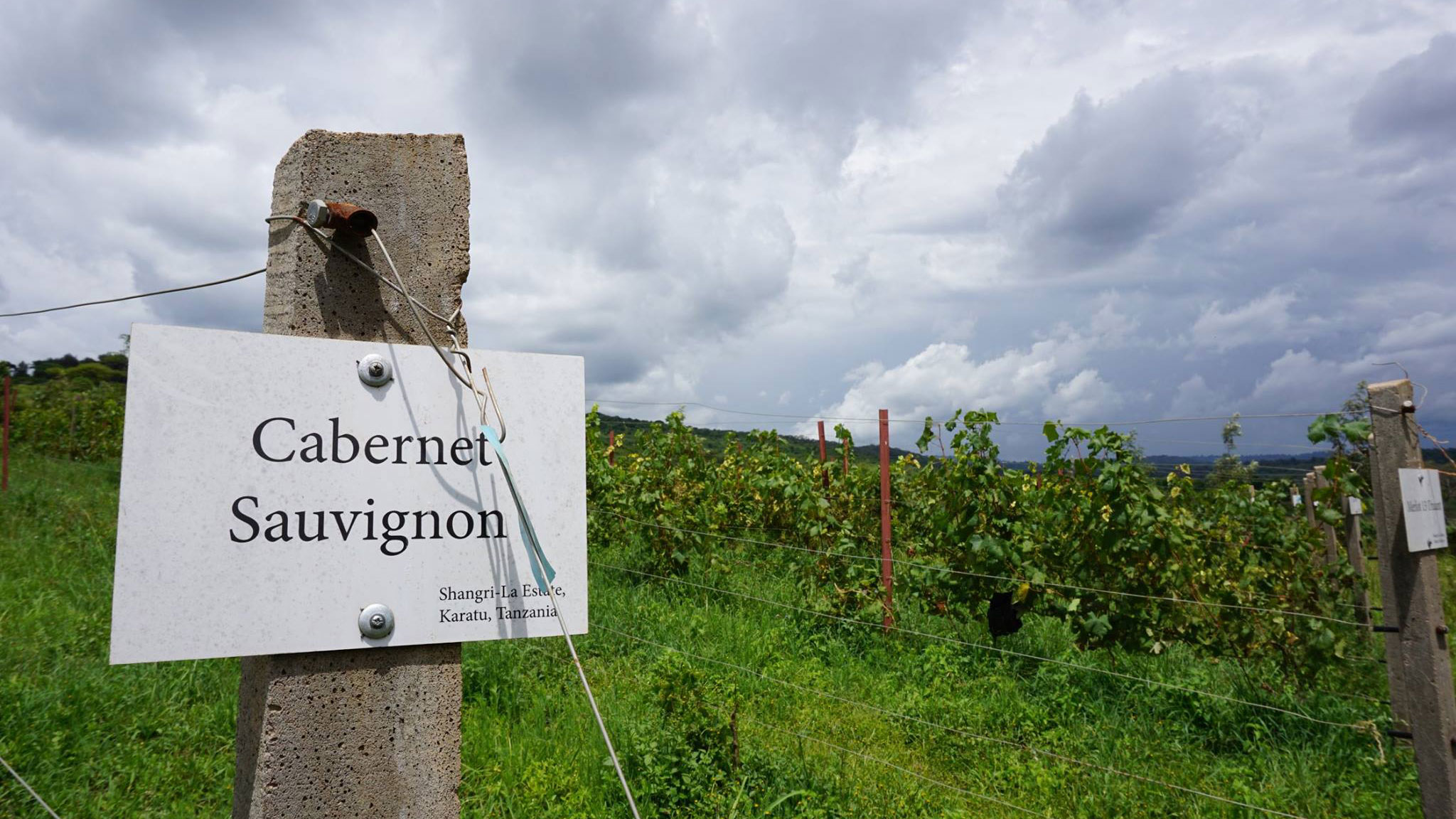
Shangri La Coffee Estate, home to the Manor at Ngorongoro have started experimenting on growing wine grape varietals on the slopes surrounding the estate. Elewana The Manor hope to serve some of these in our restaurant in the future. The vineyard managers have reported that the first harvest is due this year, and the fruits and root-stocks are doing well.
On average, developing a vineyard can take up to two years to produce fruit and four years for the delivery of the first bottle of wine. The annual growth cycle of grapevines follows the same process each year, beginning with the bud break, which culminates in the leaf fall followed by dormancy. From a winemaking perspective, each step in the process plays a vital role in the development of grapes with ideal characteristics for making wine. Viticulturalists and vineyard managers monitor the effect of climate, vine disease and pests in facilitating or impeding the vines progression from bud break, flowering, fruit set, veraison, the ripening of the grape for harvest, leaf fall and dormancy, where constant monitoring to evaluate whether the use of viticultural practices are required, such as canopy management, irrigation, vine training and the use of agrochemicals. The stages of the annual growth cycle usually become observable within the first year of a vine's life. The amount of time spent at each stage of the growth cycle depends on a number of factors, these being the type of climate (warm or cool) and the characteristics of the grape variety.
The harvesting of wine grapes (Vintage) is one of the most important steps in the process of wine-making. The time of harvest is determined primarily by the ripeness of the grape, measured by sugar, acid and tannin levels with winemakers basing their decision to pick based on the style of wine they wish to produce. The wine making process has five basic stages beginning with the harvesting or picking, crushing and pressing, fermentation, clarification, and aging and bottling. Wine makers typically follow these five steps but add variations and deviations along the way to make their wine unique.
Wine Trivia
In ancient Greece, it was important to drink wine in moderation and for that, a special glass was designed. If the glass was filled above the defined level, all the wine would flow out of the bottom of the glass. The glass was known as Pythagorean Cup.
In order to know a wine’s origin by looking at it is to look at the colour - the darker the wine’s appearance – rich reds and vibrant whites – the hotter the climate. This is because it has been subjected to more hours of sunshine.
There is a difference between an aroma and bouquet - the aroma is the primary sense of smell you get from a wine. Derived from the grape, and typically associated with the fruit, flower or herb. The bouquet comprises the secondary and tertiary smalls. These are associated with how it’s fermented (eg ‘buttery’ with butter) and aged (eg ‘oaky’ in an oak barrel).

